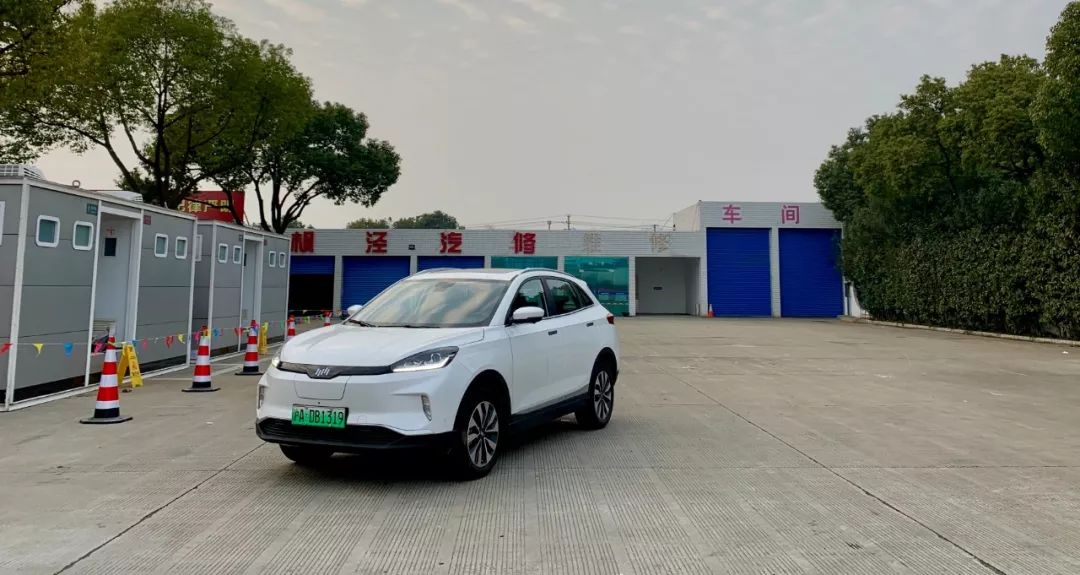Hello everyone, I am SixThree. A few days before the holiday, the class leader asked me, “If you could drive the NIO ES5 back home for the Chinese New Year, would you?”
As someone without much experience driving electric cars on long journeys, I initially refused. After all, if the car were to break down halfway home, it would be a very troublesome thing. However, I was also very curious about what it would be like to drive an electric car on a long trip. So, when the class leader gave me a second chance, I decided to take the car back myself.
That’s right, the car I drove back home was the NIO ES5. With a high-speed range of 200-300 kilometers on a single charge, I traveled about 400 kilometers from Shanghai to Quzhou, which means I only needed to charge once during the trip.
Confident in the road conditions and charging facilities, I didn’t do much research before setting off. The night before, I just took a quick look at the navigation. “400 kilometers, 5 hours, no problem. Time for bed!” I thought.
The next morning, I got up early and packed the things I wanted to bring home. They all fit easily in the 480L trunk of the ES5. It’s worth noting that the Extra version of the ES5 comes with an electric trunk, which is very convenient.
In order to save some charging time on the highway, I drove the car to the company garage and planned to use the Tesla Supercharger to fully charge it. Because parking spaces were very tight, many charging spaces were occupied by gasoline cars, so I didn’t have much hope. But I was lucky – there was actually an available Supercharger space!
However, it wasn’t easy to maneuver the car into the narrow parking space. It tested not only my driving skills, but also my body shape and flexibility.
When I finally crawled out of the car and plugged in the charging cable, I found that there was no QR code… “You give me this after I climbed out so difficultly? Ok, I’m out, going to work!”
At this point, there should be a photo of me working diligently, but there isn’t…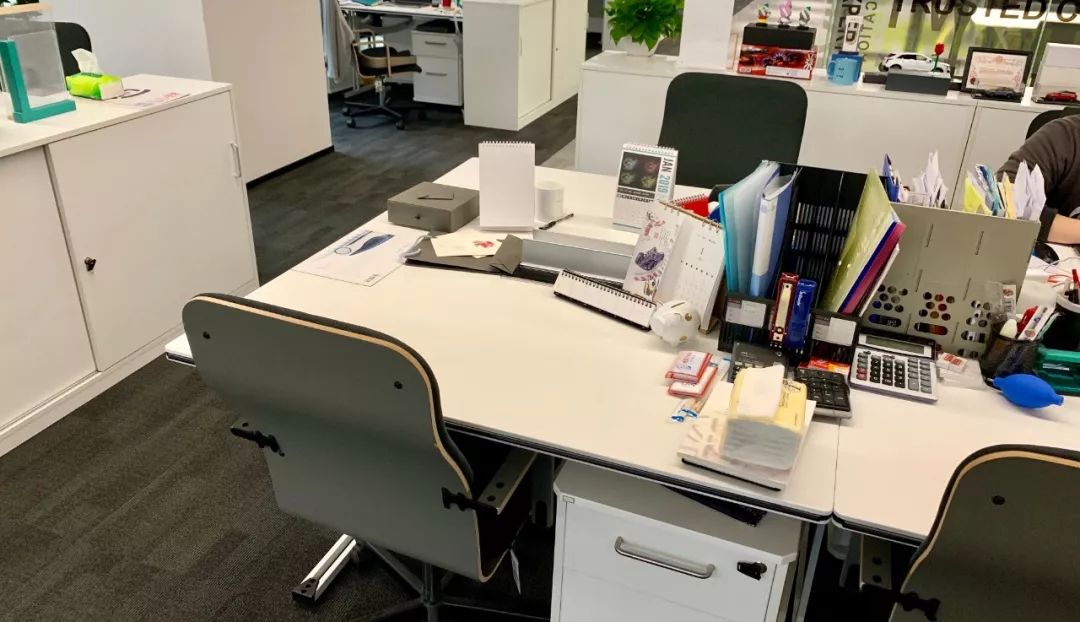
15:50 Checked and edited the article, cleaned up the desk, and heading home! Before leaving, I looked at my workstation. I love my work and thank everyone!
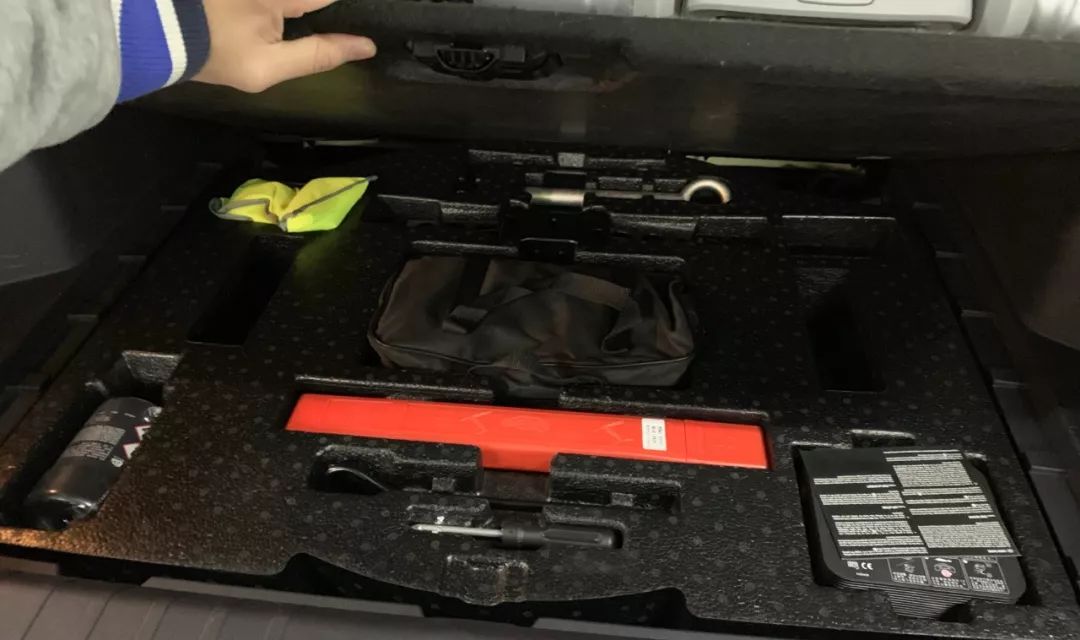
Checked the onboard tools, triangle warning sign, and the most important UMC onboard charger before departure at about 4:00 PM!

Because I did not successfully recharge in the morning, my remaining displayed range is only 201 km. I need to plan my route.

I use Gaode Navigation. After checking the services along my route, I decided to recharge at Fengjing Service Area (+51km), Zhuji Service Area (+174km), Quzhou Service Area (+143.5km), and leave a large margin for unexpected events. Specific stops will be adjusted as needed based on energy consumption.
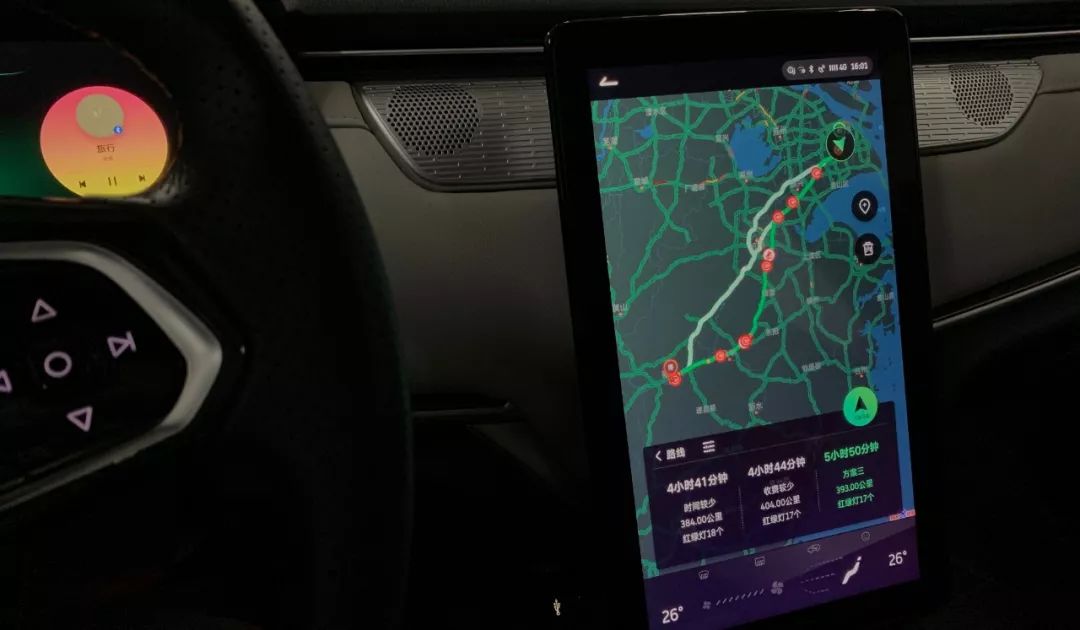
Remember that we can also use the onboard navigation system with Baidu Maps, which is very convenient. It reminds you when the remaining range cannot reach the destination and marks the high-speed charging stations along the route. Simply click the service area you want to go to and set it as a waypoint. OK, route planning is done, and let’s officially start the drive!

I wonder if anyone else enjoys driving as much as I do? My dream is to have an awesome car with a great sound system, playing my favorite music, with my companions, driving on a beautiful road, not thinking about anything and just enjoying the ride. Nothing beats that feeling!
Sorry, I was too optimistic just now. In reality, the WM Motor equipped with lane change assistance will have a small yellow light below the A-pillar constantly lit to indicate that there are cars behind and changing lanes is not allowed when there are cars on both sides. This is a practical function for beginners.
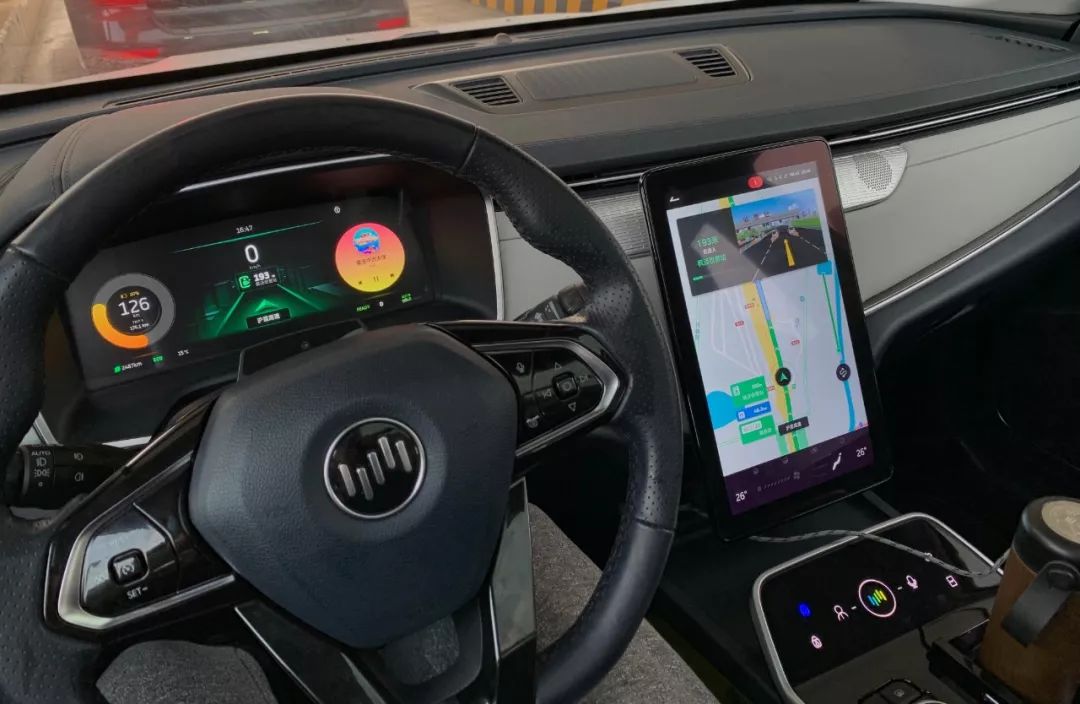
After driving for more than 40 minutes, I was about to reach Fengjing Service Area, which was the first planned recharging point. I originally estimated that the remaining electricity could last until Jiaxing Service Area at least, but I chose to go to Fengjing Service Area for two reasons: one is to take photos in better lighting (for the readers), and the other reason is that I have already been to Jiaxing Service Area and I wanted to visit all the service areas as a help for readers.
The actual distance from the company to Fengjing Service Area is 51 kilometers, and the mileage indicator decreased by 75 kilometers. I drove in economic mode, without air conditioning, and I was the only person in the car. This time on the highway, I did not prepare any food, but only brought a data cable and a thermos cup. Oops, as a post-95s generation, I should’ve brought more things.


It should be noted that after passing Fengjing Service Area, you will arrive at the boundary between Shanghai and Zhejiang, so the service area and the toll station are together, and the charging piles are not located within the service area. You need to continue driving for a few hundred meters, so if you need to eat, drink, go to the bathroom, remember to do it at the service area first before charging!

There are a total of four DC fast charging piles at Fengjing Service Area. Except for a Tesla charging, there are still three available spots. I first tried the first charging pile, but it showed an error message. So I switched to the second one and it worked, but because the battery temperature did not rise, the charging speed was only a pitiful 21 kW.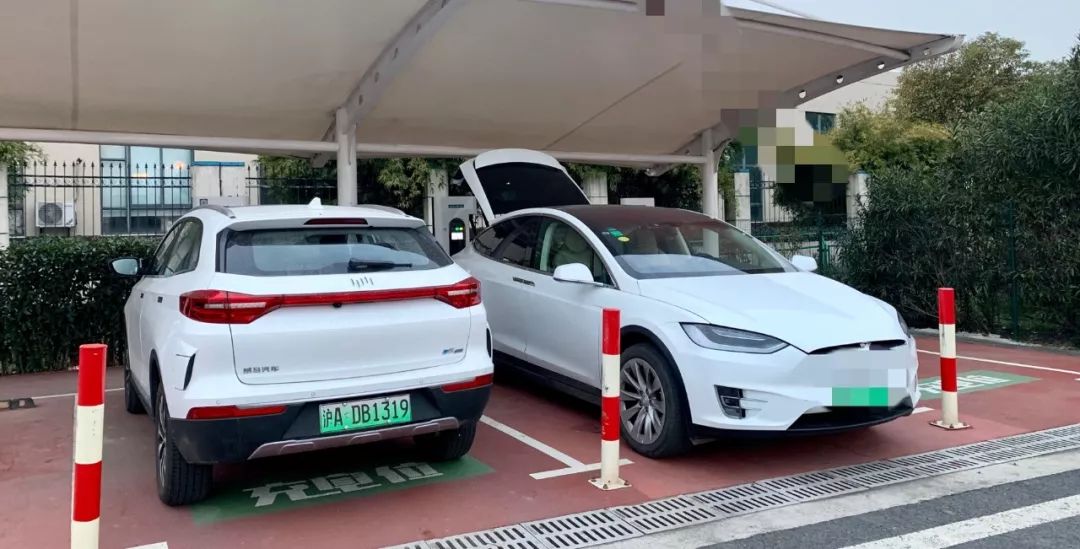
I saw the big brother of Tesla wandering outside the car, so I went up to chat with him. I asked if he was driving back home for the Chinese New Year, and he said he planned to drive this Model X 75D from Shanghai to Jinhua. Then the big brother started to complain to me, saying that he didn’t need to drive back, there was a car parked on the roadside in Jinhua, but it was hit by someone else and he had to drive this car back for the holiday. The key point is, I asked the big brother, what other car is there in Jinhua? The big brother said it’s also a Tesla, bought 4 years ago. Now this Model X was bought in 2017. The big brother is awesome, he is a loyal fan of Tesla, and he is also an EV professional.
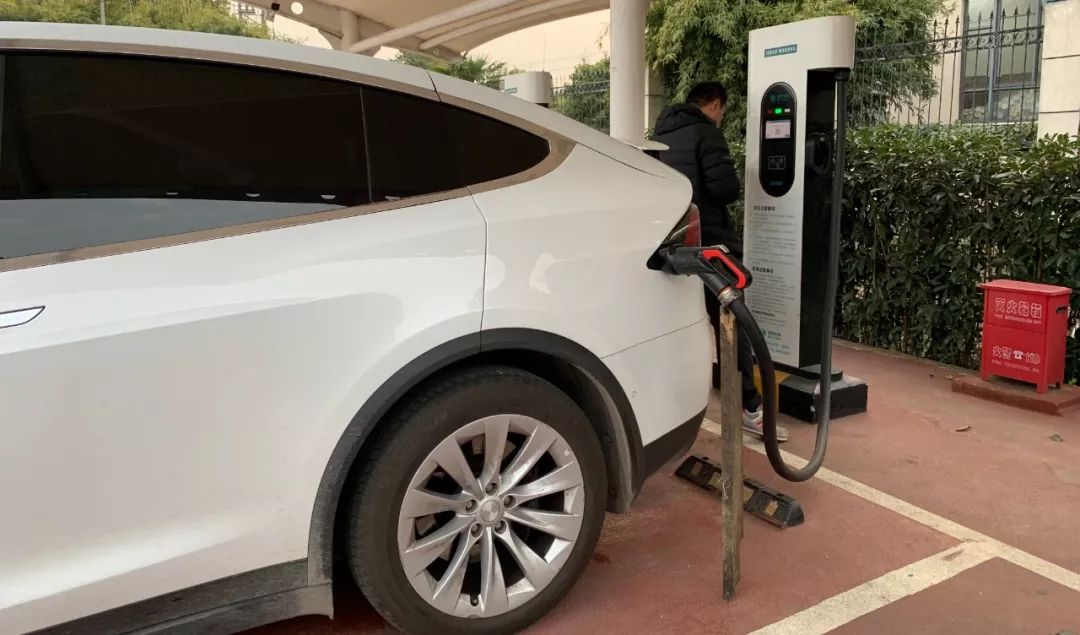
Um, there was no national standard plug in 2017, so a converter is needed. However, the charging cable is too heavy and the converter cannot support it. The big brother has to bring this wooden stick to support it when charging.
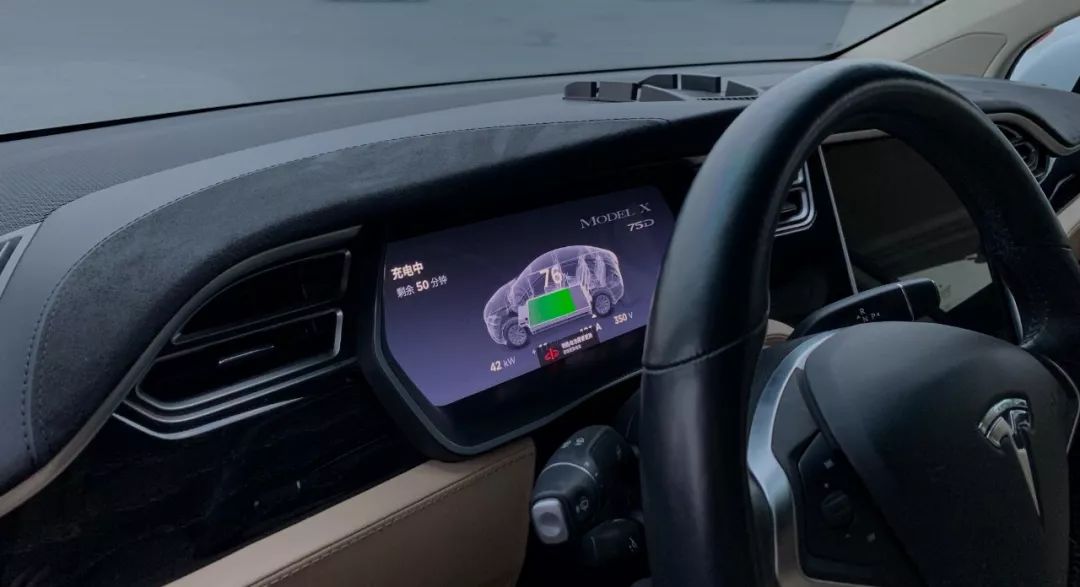
Of course, it’s not the worst. The worst is that this Tesla car and the national grid charging pile are especially incompatible. On the 120 kW charging pile of the national grid, the maximum charging power of this Model X is only a little over 40 kW. After reaching 80% SOC, the charging speed will drop to about 20 kW. It’s obvious that the big brother is also quite helpless…

I was in the middle of chatting with the big brother when the staff of the national grid charging pile came over. I looked at my watch and it had been only half an hour since I encountered the error. I asked the staff if they saw a malfunction of this charging pile from the back-end and then came over from nearby. The staff said yes, so they began to restart the charging pile.
 师傅 spent over ten minutes trying to fix the problem, but it still wasn’t resolved. The big brother in the neighboring parking space couldn’t wait any longer and calculated that 90% battery should be enough to drive to Jinhua in one go. After saying goodbye to him, I checked my own car and found that the speed had improved.
师傅 spent over ten minutes trying to fix the problem, but it still wasn’t resolved. The big brother in the neighboring parking space couldn’t wait any longer and calculated that 90% battery should be enough to drive to Jinhua in one go. After saying goodbye to him, I checked my own car and found that the speed had improved.
Just as the speed increased, the maintenance technician asked me if I could stop for a while. He needed to reboot the entire system. Looking at SOC at 70%, I thought it was okay, and I wouldn’t waste the technician’s time. So, I set off with 70%, planning to enter the next service area as soon as possible.
On the Shanghai-Kunming expressway, there were some cars, but they could all run at high speeds. After weighing the time saved by driving at 120 km/h and the extra consumption of electricity, I still drove comfortably at a speed just over 100 km/h and with a display of energy consumption of 17 kWh/100km, which was close to my previous actual test.
After driving 137.5 kilometers, I arrived at Xiaoshan Service Area. Displayed range decreased from 292 kilometers to 96 kilometers. To be honest, I could drive directly to the planned Zhuji Service Area, which was 37 kilometers away and charge there, but I still wanted some redundancy and stability, after all, the board car was not comfortable.
Once I arrived at Xiaoshan Service Area, I asked the parking lot guide where the charging station was. However, he shook his head and told me that there wasn’t any charging station. WTF? Such a luxurious service area without a charging station, it’s such a shame. Looking at the already red battery level and the range of 96 kilometers, I had confidence in my WmAuto.
Halfway there, I saw a trailer towing a Ferrari 488, and I thought to myself, let that kind of treatment be reserved for Ferraris…
The way of driving on this road hasn’t changed. I drove at around 100 km/h with cruise control on, and in the end, NIO didn’t disappoint me. I safely arrived at Zhuji service area, which is a 37 km actual distance, but only 48 km according to the displayed mileage.

By the way, the charging piles at Zhuji service area were hidden too deeply. I had to wind my way through a small grove and finally found them.

When I arrived at the charging pile and plugged in the charging gun, I breathed a sigh of relief as soon as the charging began. The speed was pretty good, with over 40 kW of power. It should only take me a few tens of minutes to charge from 7% to 80%.

There are only two fast charging piles at Zhuji, and next to me was a NIO ES8. The front windows of our cars were not privacy glass, so I peeked into their car a few times, hoping to strike up a conversation with them, but the couple in the car didn’t seem interested.
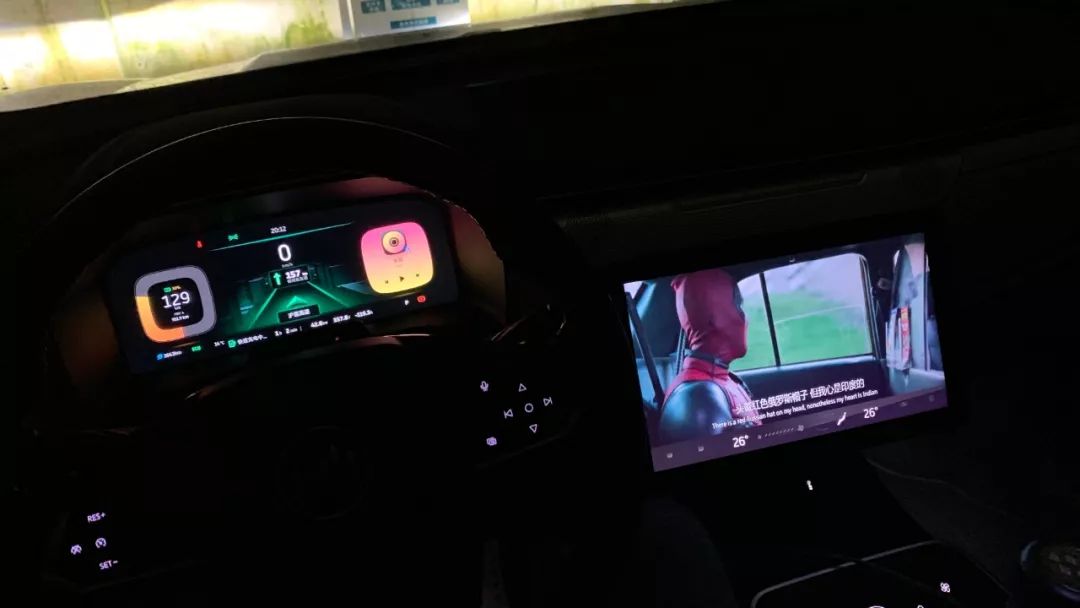
Well, I didn’t expect to chat with them anyway, so I turned my attention to watching a movie. I logged into my VIP account on iQiyi, and the car’s screen can display 1080P, which feels good. It would be even better if the air conditioning controls in landscape mode could be hidden.
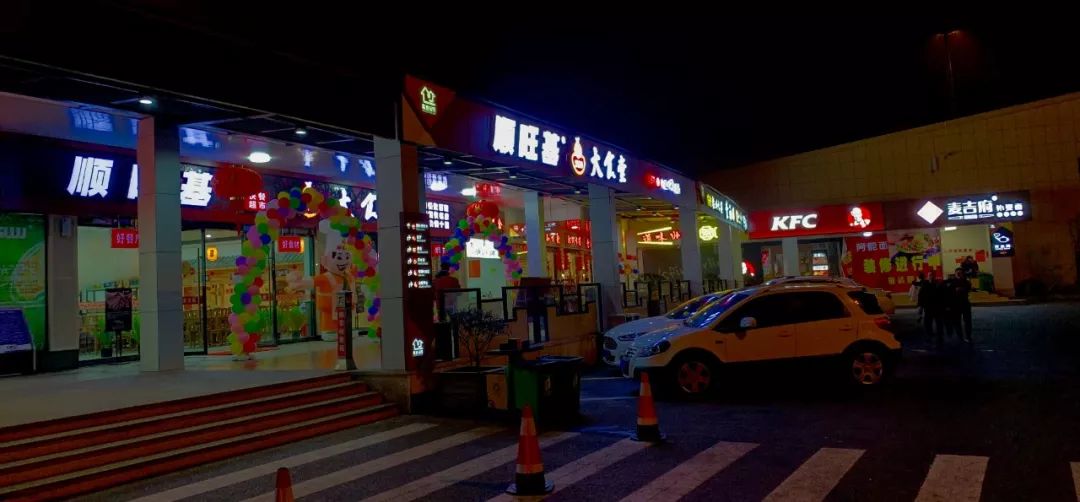
After watching for a while, I suddenly realized that I hadn’t had dinner yet. It was already 8pm and I left the company at 4pm. Okay, let’s go out and have a look. I have to say, Zhuji service area couldn’t compare with Xiaoshan service area, it’s far worse. Let’s just have something to eat to fill our stomachs.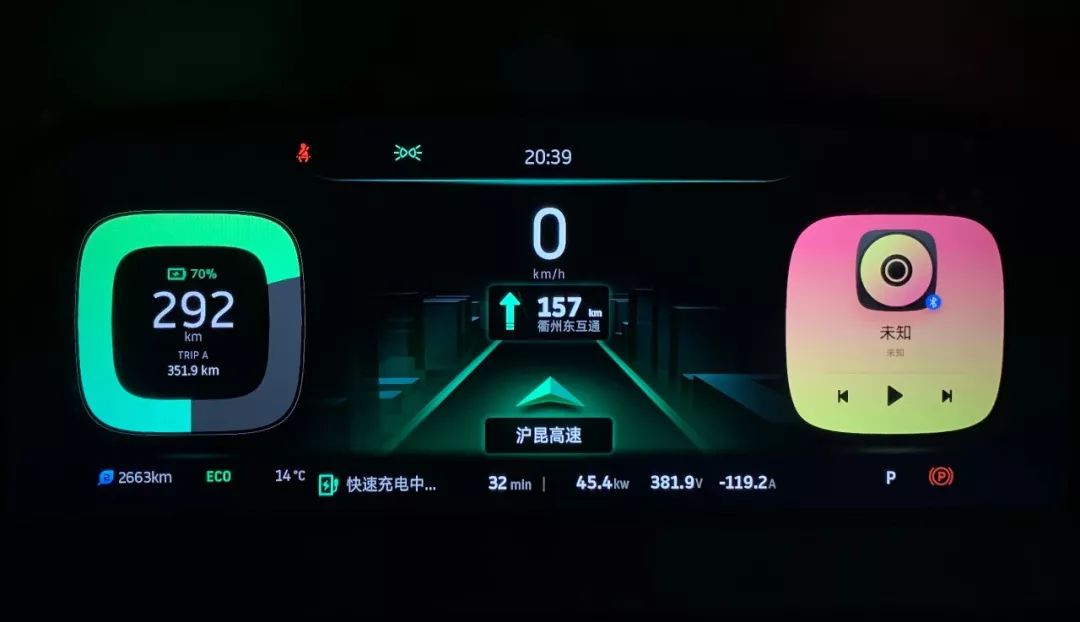
After eating, the battery is now at 70%, waiting for it to reach 80% and we can continue on the road!
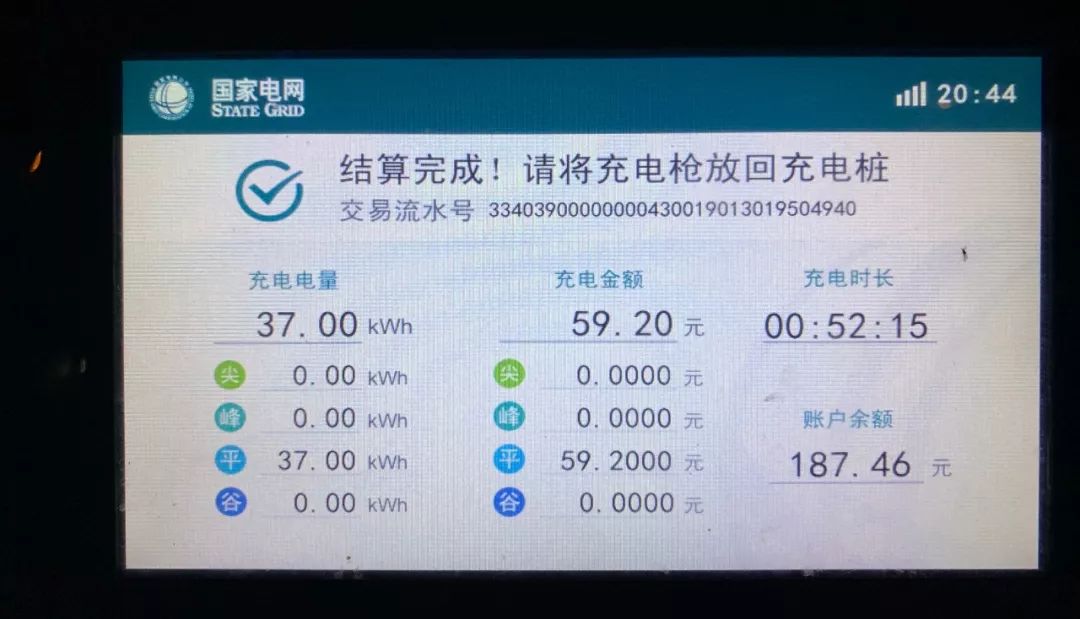
52 minutes from 7% to 80%, this charging speed for WM Motor is almost at its fastest. Let’s all feel it.

My impression of driving WM Motor on the highway is very good, stable and comfortable. As we approach Jinhua, green lasers to prevent fatigue driving appear on the highway. Driving on this road, I feel like I am driving on a starry sky, no, an interstellar journey (the picture effect is not obvious).
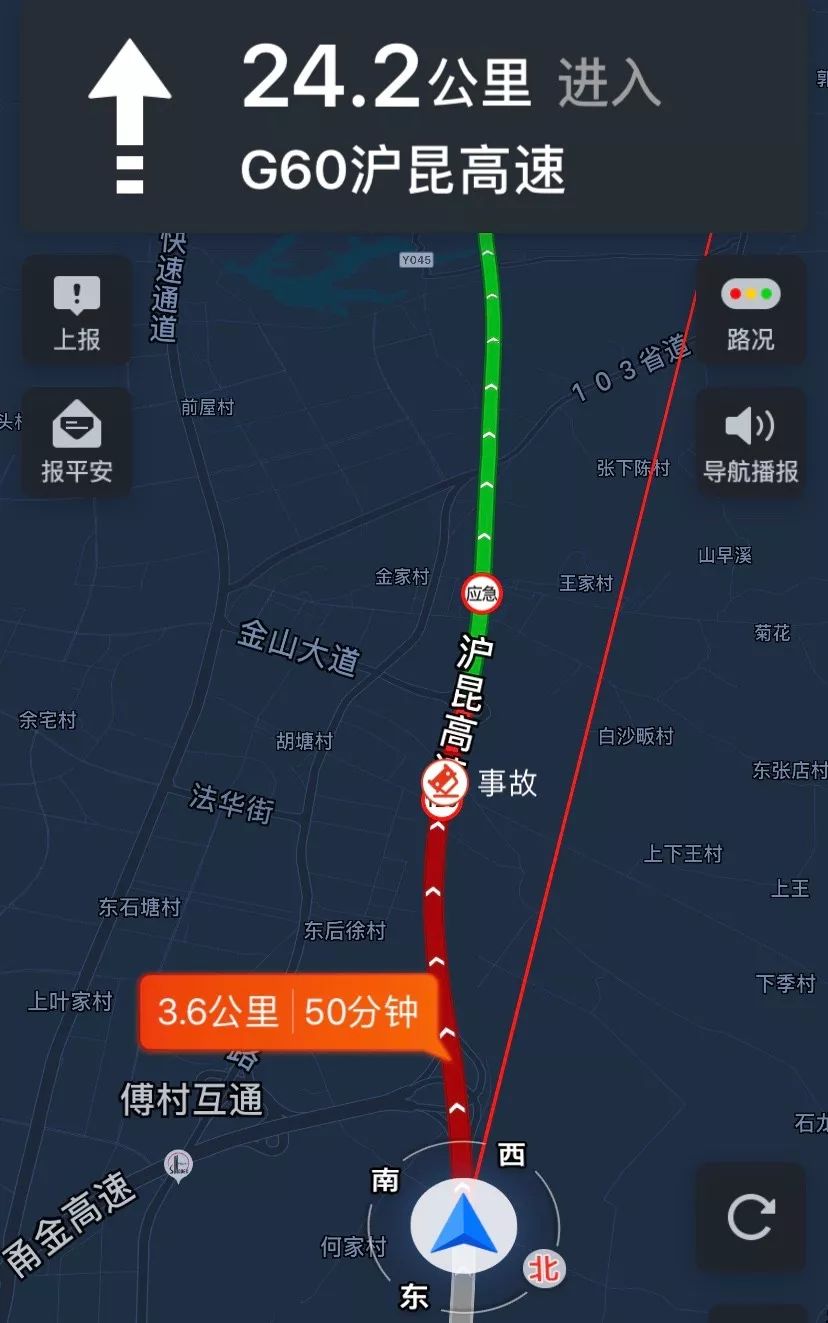
Less than 100 kilometers from home, suddenly there is a traffic jam, which really makes me feel the sense of Spring Festival travel rush. Here, I would like to remind everyone, safety first on the way home, safety first, safety first!

The traffic crawls forward, and the more we move forward, the more garbage there is on the roadside. I really can’t stand it. Can people just litter because of long waiting times in traffic? Not only on the road, but also in the bushes, how much work do the sanitation workers have to do? The highway is also very dangerous. Here, I also appeal to everyone, whether returning home or going out to play, bring some garbage bags in the car and do not litter!
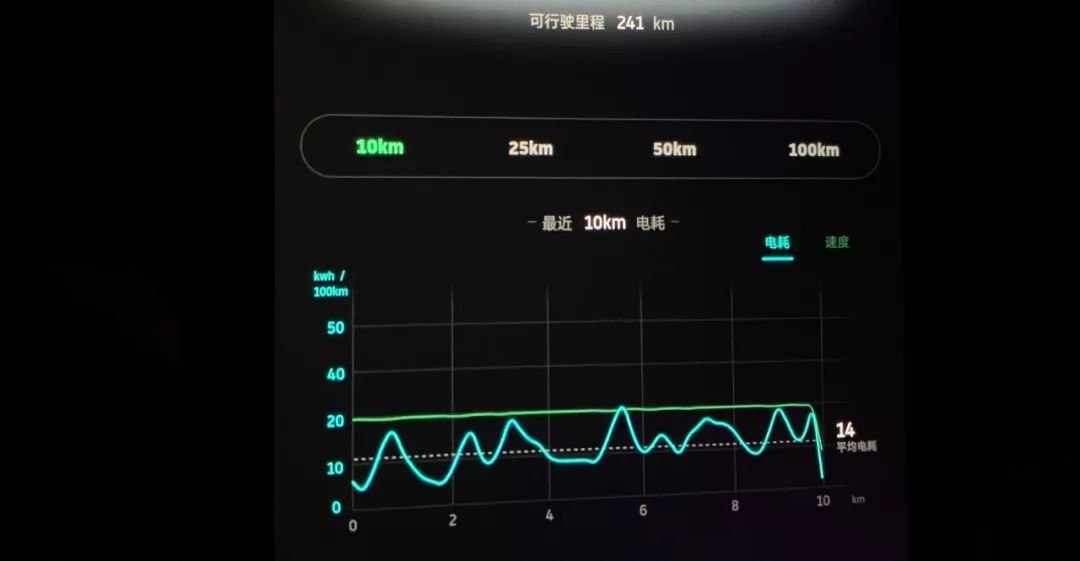
When stuck in traffic, I checked the power consumption. Driving at 100 km/h, WM Motor is quite efficient on the highway, maybe due to the many downhill sections. Overall, the highway range is around 15-18, but during traffic, the range actually increased to around 20.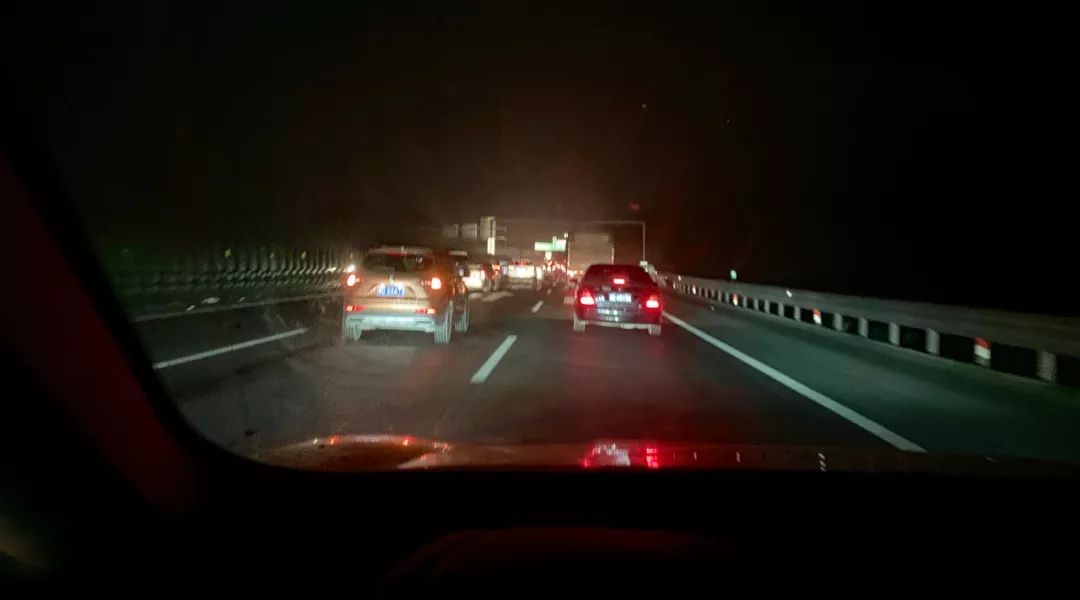
After enduring the traffic jam in Jinhua, to my surprise, the traffic jam began at the entrance of Quzhou service area too. The atmosphere of Spring Festival travel rush is getting stronger.

It was already 11:38 pm when I arrived at Quzhou service area. Vehicles lining up for refueling were already close to the entrance of the service area, and the parking lot was full of people. I couldn’t help worrying about the parking spaces for charging stations being occupied by others.

It turned out that I was worried too much. I quickly plugged in the charging gun to charge.

To be honest, the remaining 28% battery was more than enough for me to drive home, but in order to have a relaxed journey the next day, I decided to charge the battery to 80% at Quzhou service area before heading home.
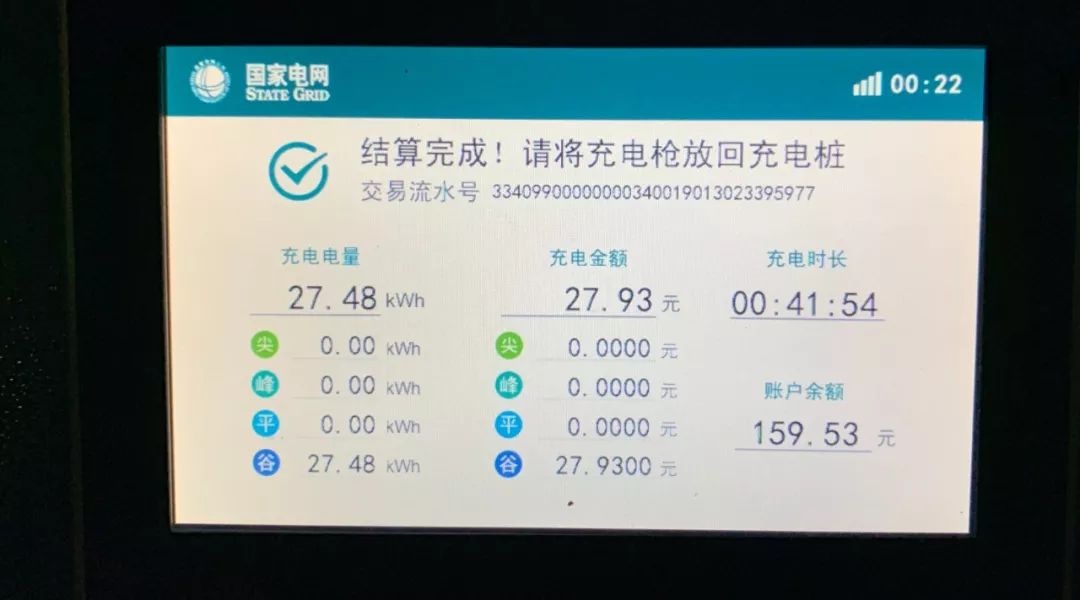
Charging speed was quite good. It took 40 minutes to charge from 30% to 80%. Alright, now I can go back home with peace of mind after charging the battery!

At 1:09 am, my 400-kilometer journey of driving an electric vehicle back home for Spring Festival travel rush ended. If nothing unexpected happens, this should be the first WmAuto car on the streets of Quzhou!
Long time but not too much range anxiety## Here is the English markdown text with HTML tags preserved:
To sum up, let’s look at the objective data. The entire trip took a total of 8 hours and 50 minutes, with traffic jams accounting for 1 hour and 20 minutes and three charging stops taking 2 hours and 21 minutes. A total of 84 kilowatt-hours (kWh) of electricity was consumed, costing ¥130 (since there was still more electricity left than when departing, the cost was less than ¥130). Compared to a gasoline car, it is still cheaper in terms of cost, and if we fully charge before the trip and only recharge once during the journey, it will only take about 7 hours and 30 minutes.
Let’s talk about my subjective feelings. This long-distance trip in the electric car did not give me any negative feelings. The driving experience was quite good. Due to mandatory rests at service areas three times during the journey, I did not feel drowsy throughout the trip, although the journey was relatively long, it was not tiring. Charging stations for electric cars are fairly well-established within Zhejiang province with relatively few users, so there were no queues to charge. Also, the charging speed of WM Motor’s EV was still quite fast after the battery temperature was raised, and the waiting time was within an hour each time if only charged up to 80%. The experience would be even better if the waiting time could be shortened to 30 minutes.
Now I’m looking forward to the experience of driving an electric car with longer range and faster charging speed!


- Experience of a Pure Electric Car that Costs CNY 150,000* How far can you actually drive with a 400 km range? | WM EX5 Long-Term Test

This article is a translation by ChatGPT of a Chinese report from 42HOW. If you have any questions about it, please email bd@42how.com.
